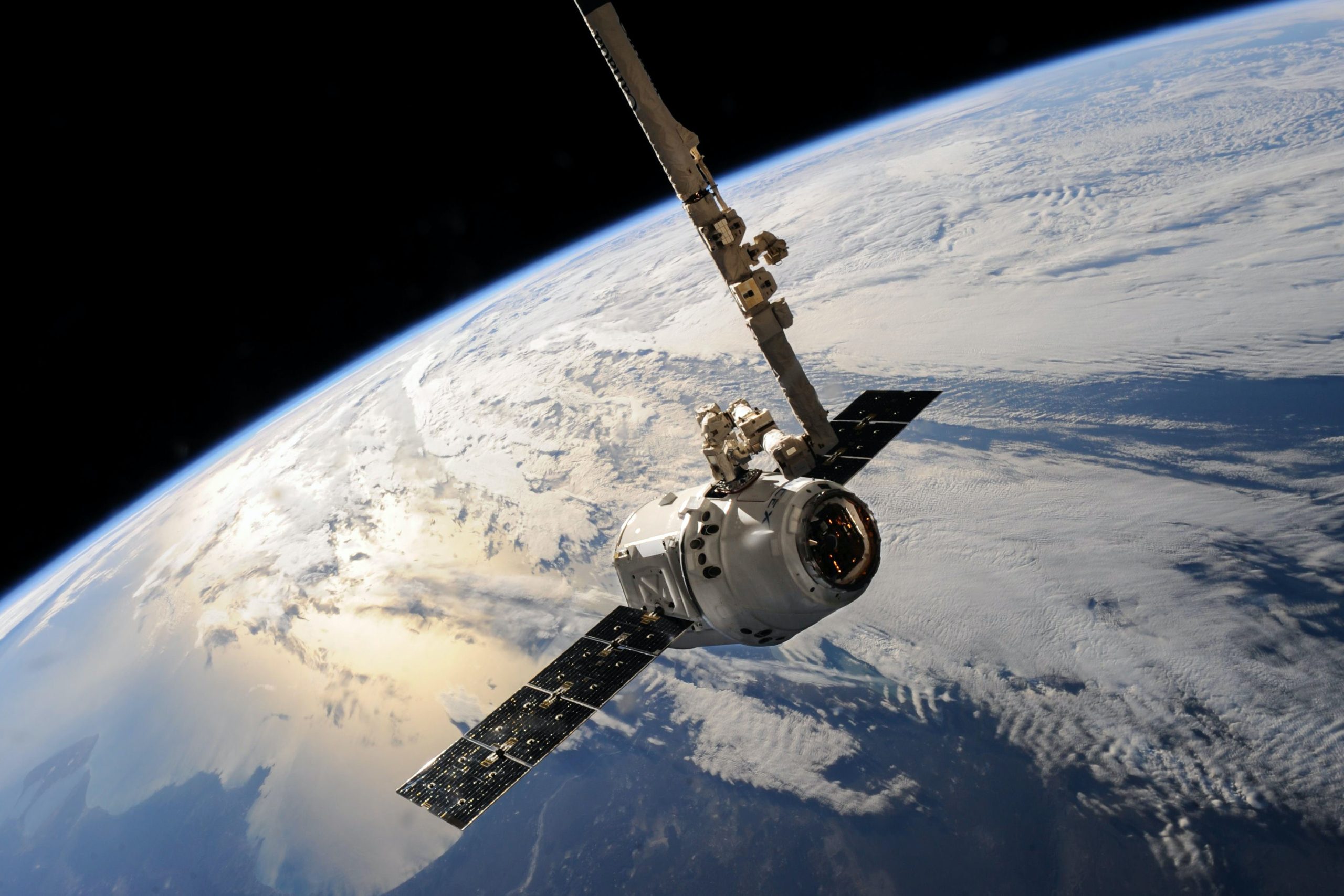The second space race; increasing interests in an anarchical ‘world’

A week ago, the American space company SpaceX launched another 22 of its Starlink satellites, aiming to complete a global internet coverage by placing mass-produced small satellites into low earth orbit. A total of 12.000 satellites are planned to be launched into this network, with about 4000 already deployed.
This network of satellites, meant to provide ill-covered areas in the world with fast-speed internet, has recently gained political significance. Since the start of the Russian invasion of Ukraine, SpaceX has been providing the Ukrainians with free internet coverage, which is vital to numerous military and PR operations of their armed forces. Over the course of the war, the company had almost opted out of funding the service to the Ukrainians, asking the Pentagon for financial help, and most recently has curbed the Ukrainians to use Starlink internet for offensive drone use, demonstrating the political implications of the private company’s decisions. This begs the question: how much power can a private space company have?
Moving on to governmental efforts for space exploration and exploitation. The American space agency NASA, with its Artemis programme, plans to put humans on the moon again, with a long-term goal of establishing a permanent base there. Furthermore, other nations, like China and India, have been stepping up their space efforts. In total, 16 space agencies are capable of completing launches into space, of which 15 nations and the European Space Agency.
The future for space exploitation is promising, with the space-for-earth sector as the most realistic at this point. This is the industry which provides products and services from outer space to Earth, with the Starlink satellite network as a prime example. Another example of space activity in the foreseeable future is space mining, most likely to start with moon mining. The moon is relatively easily accessible, and contains rare Earth elements. There are forecasts that operations in cislunar space, beyond Earth’s orbit, is going to be a 10 trillion Dollar-a-year industry. Humanity is on the verge of massively expanding its space capabilities, and the financial, as well as the political stakes are immense.
A number of countries and private actors combined, have announced 250 missions to the moon within the next decade. Many of those aim to utilise the Moon’s resources. Research has shown that there are only a few places where water and a number of other precious resources are located within close proximity of each other, rendering those places to spark interest for the respective moon missions. However, it is also the start of potential conflict, as several actors will try to utilise resources from the same moon area. Which raises the question; who owns the moon and its resources?
According to the Outer Space Treaty (OST), which entered into force in 1967, outer space is not subject to national appropriation. However, the US has been trying to introduce property rights in outer space, with the ‘Commercial Space Launch Competitiveness Act’, passed in 2015. It was followed by an attempt to internationalise the act, with the Artemis Accord. However, it was not well-received by China and Russia, who view this attempt as contrary to the OST.
In conclusion, it seems clear that humanity finds itself at a significant point in the space age, where outer space is, and will continue to be, increasingly exploited for economic purposes. In addition, more states will assert their presence, and national interests will intensify, starting with the moon as a potential source of conflict.
Further readings:



